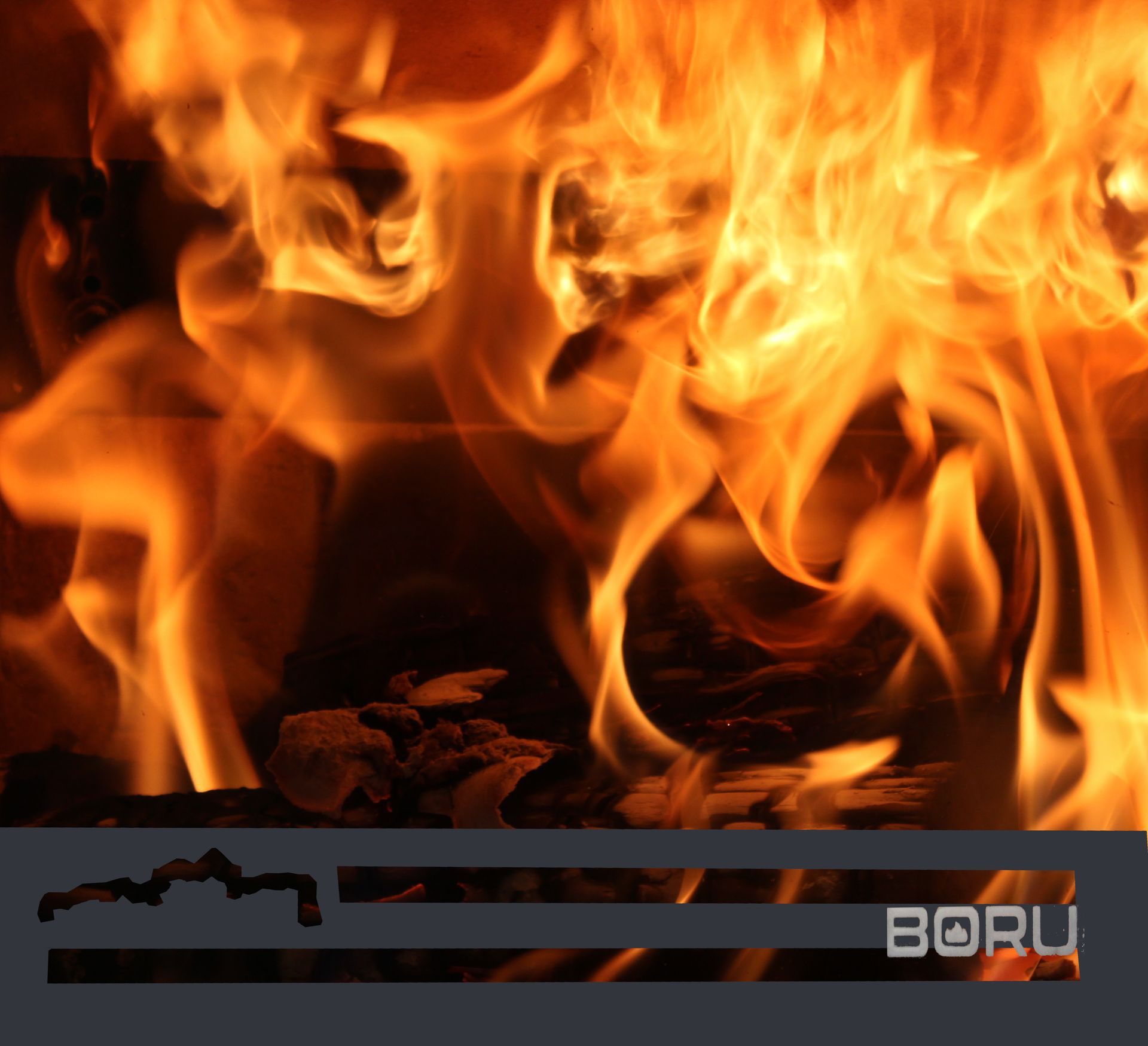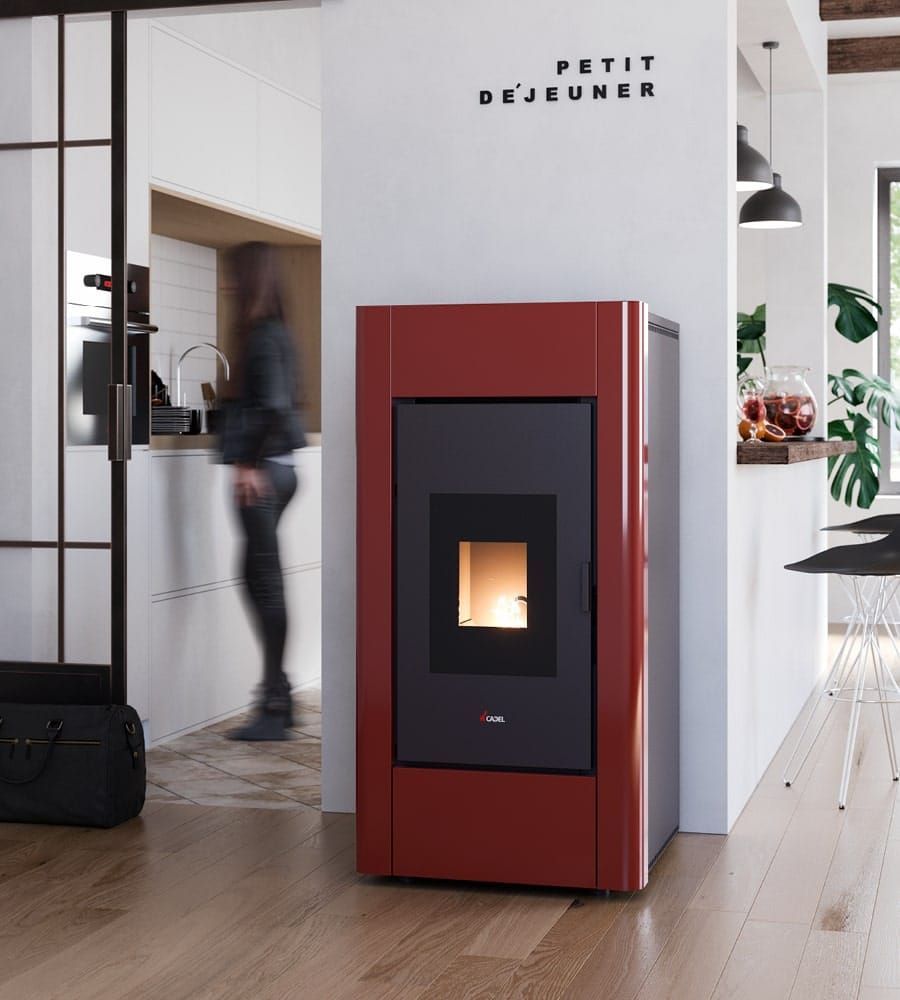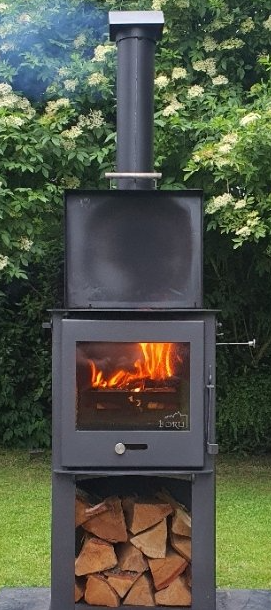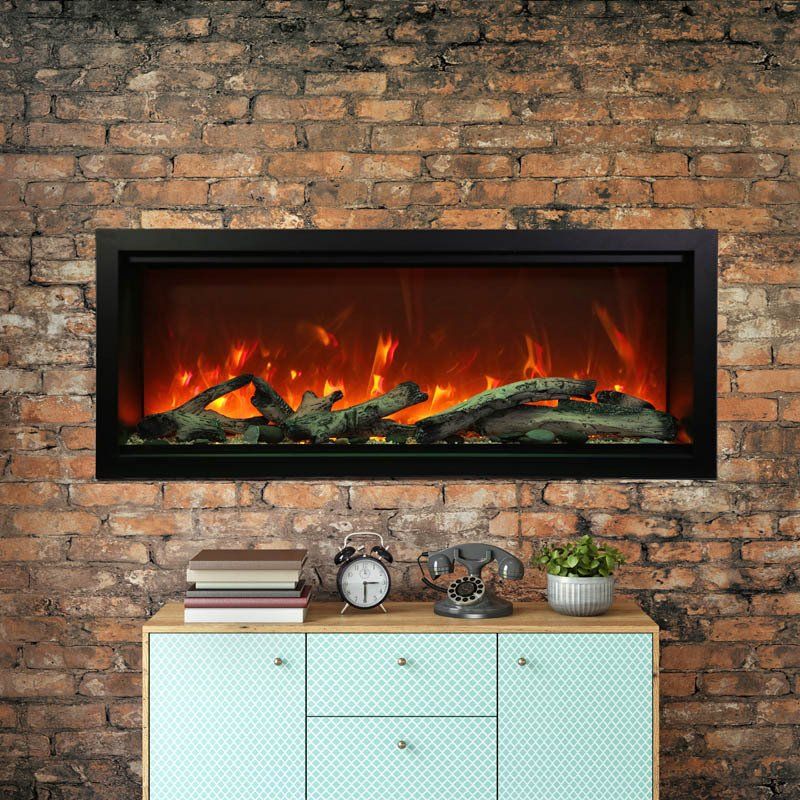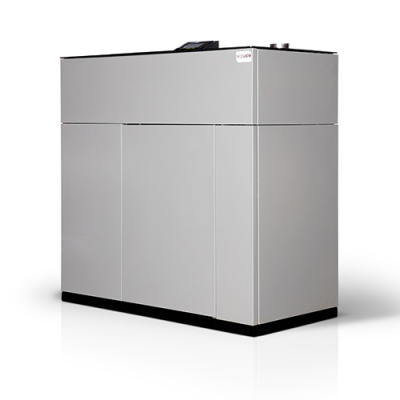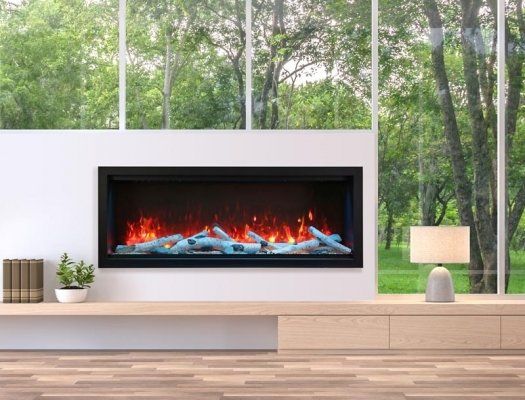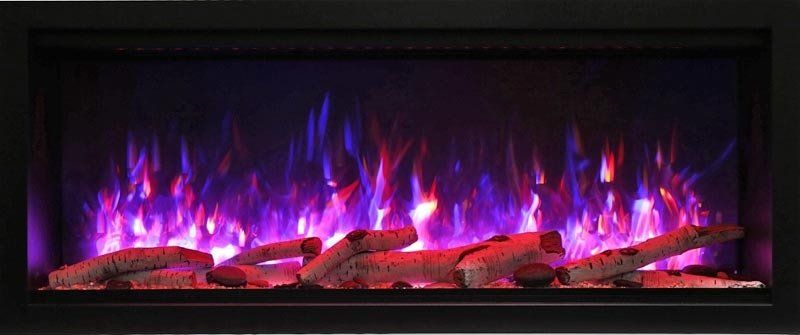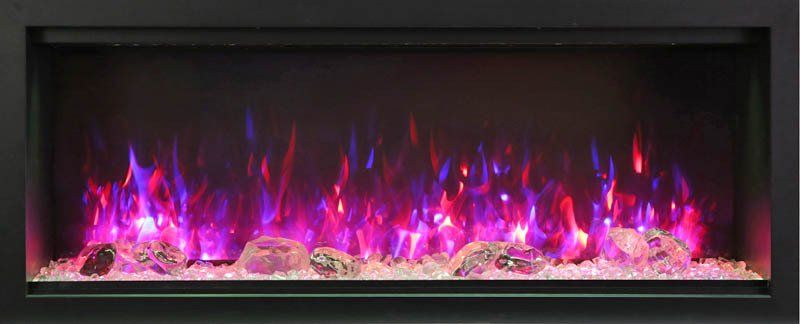Do Inset Stoves Need a Flue Liner?

When it comes to heating your home with an inset stove, there are numerous factors to consider. One critical element that often raises questions among homeowners is the need for a flue liner. In this article, we'll delve into the world of inset stoves, explore the role of flue liners, and discuss why they are essential for safety, efficiency, and compliance with building regulations.
Understanding Inset Stoves
Inset stoves are a popular choice for homeowners seeking to combine the charm of a traditional fireplace with modern heating efficiency. These stoves are designed to fit snugly into an existing fireplace opening, providing a more efficient and controllable heat source compared to open fires. They come in various types, including wood-burning, multi-fuel, and gas inset stoves, catering to diverse preferences and requirements.
Inset stoves offer several advantages, such as improved heat distribution, reduced heat loss, and increased safety due to their enclosed design. However, some misconceptions about inset stoves persist, which can lead to questions about the necessity of flue liners.
The Role of a Flue Liner
A flue liner is a critical component of any chimney system, including those used with inset stoves. Essentially, it is a protective barrier inside the chimney that serves multiple purposes:
1. Enhancing Safety: A flue liner acts as a safeguard against the high temperatures and corrosive byproducts produced by combustion. Without a liner, these elements can damage the chimney structure, leading to structural issues and the risk of fires.
2. Improved Ventilation: Flue liners ensure proper ventilation by providing a smooth, sealed pathway for exhaust gases to escape. This minimizes the risk of carbon monoxide entering your home, which can be life-threatening.
3. Regulatory Compliance: Building regulations often mandate the use of flue liners for safety reasons. Failure to comply with these regulations can result in penalties and may also impact your home's insurance coverage.
Legal Requirements and Building Regulations
The requirement for a flue liner can vary depending on your location and the type of stove you have. It's essential to research local regulations and building codes to ensure compliance. Failure to do so can lead to costly consequences, both in terms of fines and safety risks.
In many regions, using a flue liner with inset stoves is mandatory. This ensures that homeowners prioritize safety and follow proper ventilation practices when using wood-burning or multi-fuel stoves. These regulations exist to protect both your family and your property.
Benefits of Using a Flue Liner with Inset Stoves
While the legal and safety aspects of flue liners are critical, there are several practical benefits to consider:
1. Improved Safety: A flue liner reduces the risk of chimney fires and carbon monoxide leaks, keeping your family safe.
2. Increased Efficiency: With a properly installed flue liner, your inset stove operates more efficiently, providing better heat output and reducing fuel consumption.
3. Extended Lifespan: Flue liners protect the chimney structure, helping it last longer and reducing the need for costly repairs.
4. Environmental Considerations: An efficient inset stove, aided by a flue liner, produces fewer emissions, making it more environmentally friendly.
Installation Process for Flue Liners
Installing a flue liner is a job that should be handled by professionals with experience in chimney work. Here's a simplified overview of the process:
1. Assessment: The chimney is inspected to determine the appropriate type and size of flue liner needed.
2. Preparation: The chimney is prepared for installation, including cleaning and sealing any gaps or cracks.
3. Insertion: The flue liner is inserted into the chimney, ensuring a snug fit and proper sealing.
4. Connection: The flue liner is connected to the inset stove or other heating appliance.
5. Testing: The entire system is tested to ensure it functions correctly, with no leaks or issues.
6. Documentation: Proper documentation is provided, including certificates of compliance, to meet regulatory requirements.
Maintenance and Inspection
Regular maintenance of both your inset stove and flue liner is crucial for safety and efficiency. Here are some maintenance tips:
1. Cleaning: Regularly clean your inset stove and flue liner to remove creosote buildup, which can lead to chimney fires.
2. Inspections: Schedule annual inspections by a professional chimney sweep to identify and address any issues promptly.
3. Repairs: Address any damage or deterioration in the flue liner promptly to ensure continued safety and functionality.
Cost Considerations
The cost of installing a flue liner can vary depending on several factors, including the type of liner, chimney height, and accessibility. While it may seem like an upfront expense, consider the long-term benefits, including energy savings and increased safety.
Budget-conscious homeowners can explore alternatives such as flexible stainless steel liners, which are often more affordable than traditional clay or concrete liners. Additionally, some financing options and incentives may be available to help offset the initial investment.
Frequently Asked Questions
Q1. Do I really need a flue liner for my inset stove?
Yes, in most cases, using a flue liner is essential for safety, efficiency, and compliance with regulations.
Q2. Can I install a flue liner myself?
It is strongly recommended to hire a professional with experience in chimney work to install a flue liner correctly.
Q3. Are there any alternatives to traditional flue liners?
Flexible stainless steel liners can be a cost-effective alternative, but it's essential to consult with a professional to determine the best option for your specific chimney.
Conclusion
In conclusion, the use of a flue liner with inset stoves is not just a legal requirement but also a fundamental aspect of ensuring safety, efficiency, and environmental responsibility. Properly installed and maintained flue liners protect your home, your family, and your investment in your heating system. By understanding their importance and adhering to regulations, you can enjoy the benefits of your inset stove with peace of mind and confidence in your safety.

